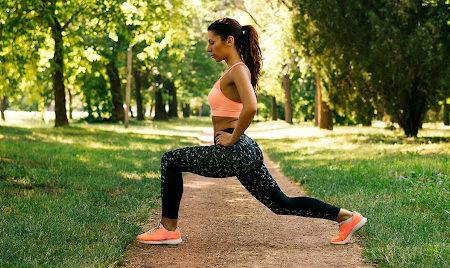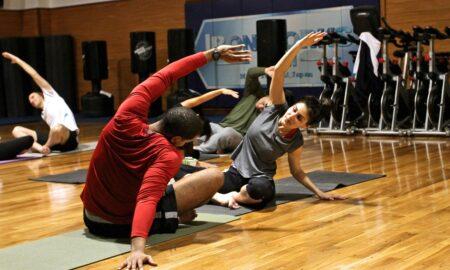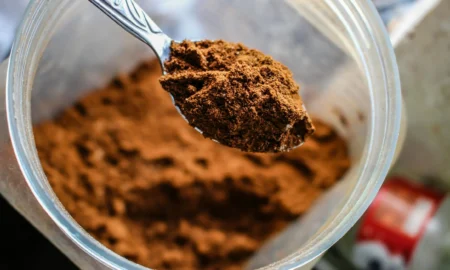Having an abundance of testosterone floating around in your blood means nothing unless it can interact with cellular receptors. Free testosterone, which is not bound to a protein such as sex hormone-binding globulin (SHBG) or albumin, locks on to androgen receptors located on the outside of cells. The testosterone-and-receptor complex is then transported deeper into the cell until it reaches the nucleus, where it promotes protein synthesis.
When it comes to the anabolic effects of testosterone, the androgen receptor is the site of action. Anabolic steroid drugs, which are modified versions of testosterone, increase the number of androgen receptors. That increase, in turn, permits a greater level of protein synthesis, which translates to added muscular size and strength, especially when the user is also exercising.
Weight training, particularly heavy training, also increases the number of androgen receptors. That's why lifting weights gives you more muscle size than endurance exercise. Studies show that a combination of heavy weight training and anabolic steroids produces the greatest increase in androgen receptors. Lifting weights increases the level of anabolic hormones, including testosterone and growth hormone. It also increases cortisol, an adrenal steroid that's the primary catabolic hormone in the body. Little is known, however, about how specific modes of weight training affect androgen receptor content. A recent study examined how different modes of training affected androgen receptor content in the thigh muscles following a squat workout.1
The subjects were nine men, aged 19 to 32, with at least three years of training experience, including squats. They trained using two types of protocols. The first workout involved doing one set of squats, while the second consisted of six sets of 10 reps of squats. Blood was collected just prior to the workout and every 15 minutes after it for one hour. Muscle biopsies were also taken before and one hour after the workouts.
No increases in total testosterone occurred after the single set of squats. After the multiple sets, however, testosterone increased 16 to 23 percent. Cortisol also didn't change during the single set but rose 31 to 49 percent after the multiple sets of squats. The androgen receptor content wasn't changed one hour after the single set of squats but dropped 46 percent after the multiple-set routine.
The authors suggest that the multiple-set protocol led to higher metabolic demands and a transitory catabolic state reflected in the decreased androgen receptor numbers after the workout. The initial drop in androgen receptor content is followed by a rebound within 48 hours.
The study implies that doing a single set of an exercise, even with heavy weights, stimulates little or no anabolic activity. On the other hand, those who advocate doing single sets of high-intensity training say that you must do such single sets to complete muscular failure, which didn't happen in the experiment. Another study is needed to fill that gap in the research.
Another finding was that having a high baseline level of testosterone did not correlate with maximal strength during training. A common misconception is that having high levels of testosterone automatically means increased strength and muscle size. What really counts is the number of androgen receptors, because without them testosterone doesn't get into the cell and promote an anabolic effect.
Though the authors don't say so, the study has implications for overtraining. Because the initial response of trained muscle is a drop in androgen receptors, training again without giving your body time to compensate will rapidly lead to muscle catabolism; cortisol will overwhelm testosterone. Bottom line: Training too often'that is, with less than 48 hours of rest'is a sure way to produce losses in muscle size and strength. IM
1 Ratamess, N.A., et al. (2005). Androgen receptor content following heavy resistance exercise in men. J Steroid Biochem Mol Biol. 93:35-42.




















You must be logged in to post a comment Login